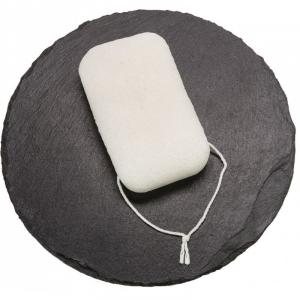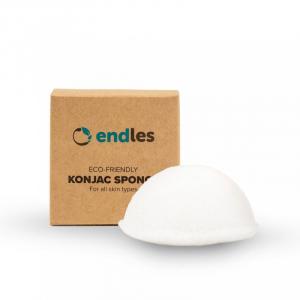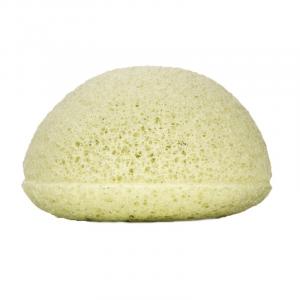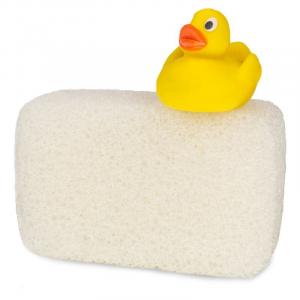
Health Risks of Polypropylene and Its Impact on Nature
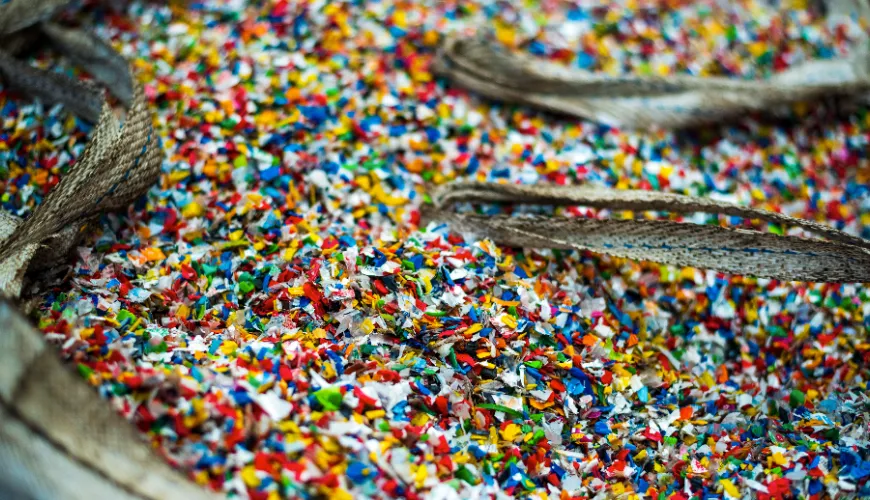
Polypropylene: Harmfulness, Health, and Environmental Impact
Polypropylene is one of the most widely used plastics globally, and its ubiquity accompanies us literally at every step. We find it in food packaging, drinking containers, textiles, automotive parts, medical devices, and even in children's toys. Its prevalence seems inevitable due to its exceptional properties, but what is the real impact of this material on our health and the environment? This article takes a closer look at the harm of polypropylene, its effects on human health, and environmental consequences.
A Modern World Miracle or a Potential Threat?
Polypropylene, abbreviated as PP, is a thermoplastic polymer first synthesized in 1951. Since then, it has become one of the most widespread plastics due to its resistance to chemicals, heat, and mechanical stress. Its exceptional flexibility and ability to be easily molded into various shapes contribute to its broad use in many industrial sectors.
Its production is also relatively cheap, making it an ideal material for mass production of consumer goods. However, with increasing awareness of the harm of plastics and their impact on our health and the environment, polypropylene is coming under scrutiny from scientists, health experts, and ecologists.
Try our natural products
Health Risks Associated with Using Polypropylene
One of the main health risks discussed with plastics is the potential release of harmful chemicals that can negatively affect the human body. While polypropylene does not contain bisphenol A (BPA), a chemical often associated with hormonal disorders and other health issues, it doesn't mean it's entirely harmless.
1. Release of Chemicals When Heated
When polypropylene is exposed to high temperatures, such as when heating food in a microwave or when in contact with hot liquids, certain chemicals can be released. These chemicals, although present in very small amounts, can be potentially harmful, especially with long-term exposure. Some studies suggest that repeated exposure to these substances can have cumulative effects, leading to various health problems, such as hormonal disorders, allergies, or even cancer.
2. Microplastics and Their Impact on Health
Another serious issue is microplastics, which are formed by the gradual decomposition of polypropylene. These tiny plastic particles can enter the food chain and eventually end up in our bodies. Microplastics have been found in seafood, drinking water, and even human blood. Although research on their health impact is still in its early stages, some studies suggest they may have negative effects on the immune system and cause inflammation.
3. Potential Toxins and Additives
Although polypropylene is generally considered safe, there are still many unknowns regarding the additives added during its production. These additives can include stabilizers, plasticizers, and dyes that may have toxic effects. Products that are exposed to sunlight or high temperatures can be particularly problematic as it may accelerate the release of these dangerous substances.
Polypropylene and Its Environmental Impact
Besides health risks, one of the biggest issues associated with polypropylene is its impact on the environment. While this plastic is technically recyclable, the reality is often different. Many polypropylene products end up in landfills or nature, where they decompose for hundreds of years.
1. Polypropylene and Ocean Pollution
Polypropylene, like other plastics, often ends up in the oceans, causing serious problems. It is estimated that millions of tons of plastics, including polypropylene, end up in oceans annually. These plastics can be mistaken for food by marine animals, leading to their death. Microplastics from polypropylene can then penetrate the entire ecosystem, affecting the health of fish and other animals and eventually end up on our plates.
2. Recycling Issues
Although polypropylene is technically recyclable, recycling this material is not always easy. Polypropylene is often found mixed with other plastics, making separation and recycling difficult. Moreover, not all recycling systems have the capacity or technology to process polypropylene. As a result, many polypropylene products end up in landfills, where they decompose for centuries.
Try our natural products
3. Seeking Alternatives
Given the growing concerns about the harm of polypropylene and its environmental impact, more people are turning to alternative materials. These alternatives include bioplastics, which are biodegradable, or materials like glass, stainless steel, or wood, which are long-term sustainable and safer for human health. Switching to these materials can not only reduce our reliance on polypropylene but also help protect human health and the environment.
Polypropylene in Our Lives
If we want to reduce the negative impacts of polypropylene on our health and the environment, it's important to adopt measures that can have a real effect.
Limiting Plastic Use
One of the simplest ways to reduce exposure to polypropylene is to limit its use in daily life. Instead of plastic bottles and packaging, we can use reusable containers made from materials like glass, stainless steel, or silicone. This not only reduces our dependence on plastics but also protects our health from potentially harmful chemicals.
Proper Handling of Plastics
If we already use polypropylene products, it's important to ensure their proper use and maintenance. This includes avoiding heating plastic containers in the microwave or exposing them to direct sunlight. This way, we can reduce the risk of releasing harmful chemicals.
Try our natural products
Education and Awareness
One of the most important steps we can take is to increase our awareness of the risks associated with polypropylene. Awareness allows us to make better decisions when purchasing products and support sustainable alternatives. At the same time, we can urge manufacturers and policymakers to take measures to reduce the use of polypropylene and promote recycling.







